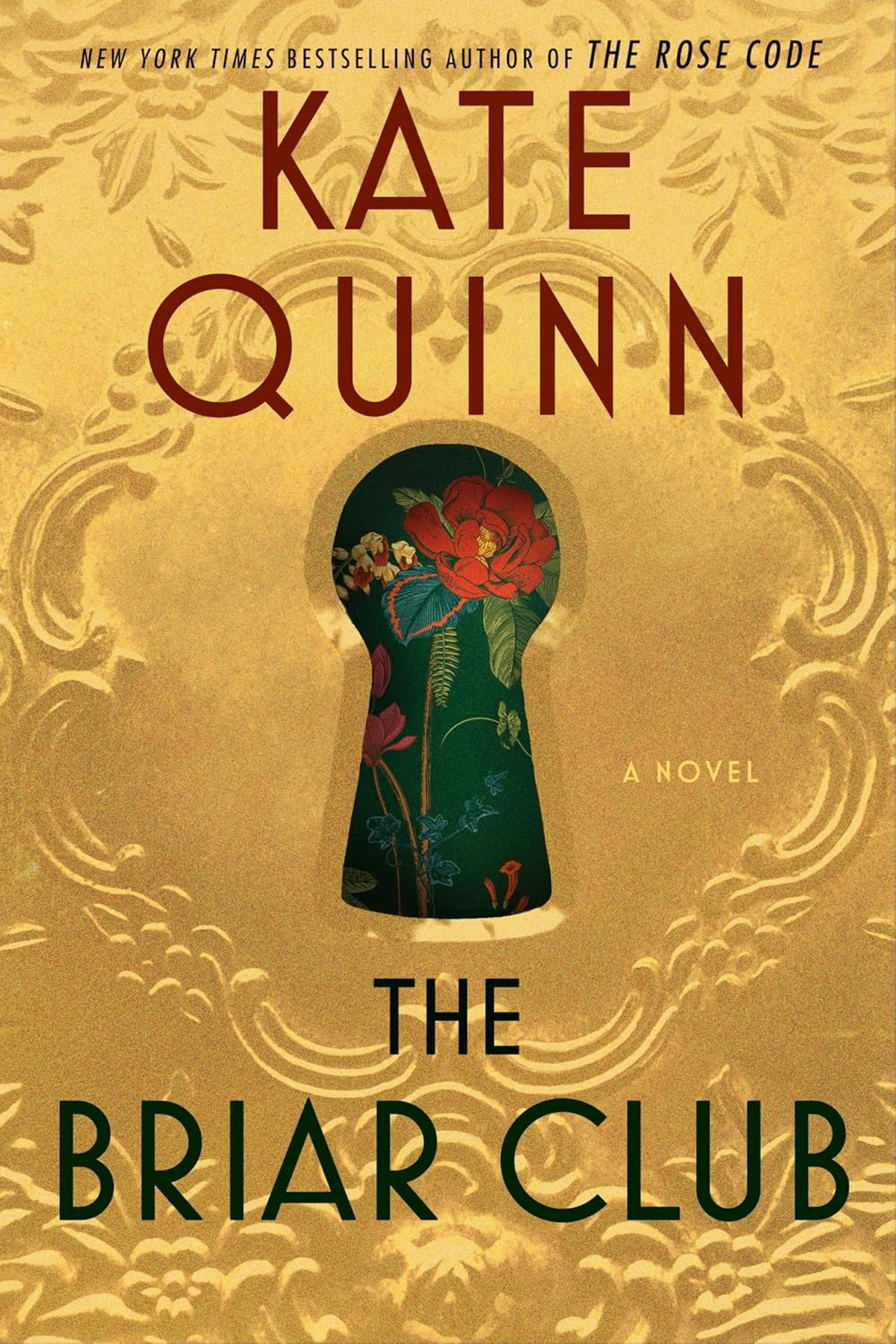Kate Quinn’s The Briar Club transports readers to 1950s Washington, D.C., immersing them in a tale of female camaraderie, hidden secrets, and the pervasive paranoia of the McCarthy era. Set within the walls of Briarwood House, a modest all-female boardinghouse, the novel introduces a diverse ensemble of women, each grappling with personal challenges and societal pressures.
The arrival of the enigmatic widow Grace March serves as a catalyst, transforming the boardinghouse from a place of isolation into a hub of unlikely friendships. Through Grace’s influence, residents like the polished Englishwoman Fliss, the entangled policeman’s daughter Nora, the disheartened ex-baseball star Beatrice, and the fervently anti-Communist Arlene begin to unveil their true selves. Quinn masterfully delves into their intertwined lives, shedding light on themes of trust, betrayal, and resilience.
The narrative is rich with historical context, capturing the essence of a nation gripped by fear and suspicion. Quinn’s portrayal of the era’s social dynamics—addressing issues of racism, misogyny, homophobia, and political persecution—is both poignant and thought-provoking. The tension escalates when a violent incident disrupts the harmony of Briarwood House, compelling the women to confront their deepest fears and question the true nature of loyalty.
While the novel’s character-driven approach offers depth, some readers might find the pacing leisurely, as the plot unfolds gradually to accommodate the detailed exploration of each resident’s backstory. However, this meticulous character development enriches the story, providing a comprehensive understanding of the forces that bind and divide the women of Briarwood House.
Final Verdict: ★★★★☆ (4/5 stars)
The Briar Club is a compelling narrative that seamlessly blends historical intrigue with personal drama. Kate Quinn’s adept storytelling and nuanced character portrayals make this novel a noteworthy addition to the realm of historical fiction.

